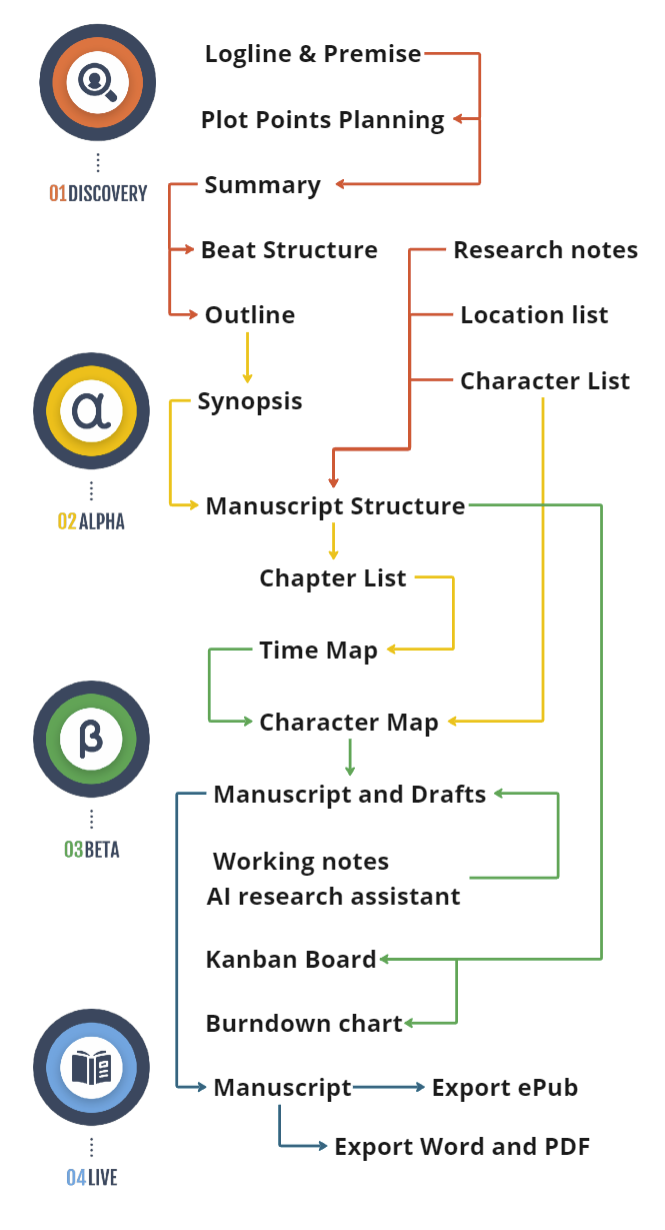Writers often wrestle with a familiar question: How true does this story need to be? Some argue that every detail should align perfectly with reality to maintain credibility. Others believe storytelling is about emotional truth, so bending facts for the sake of a compelling narrative is fair game. Whether you’re penning historical fiction or crafting a blog post, deciding where facts end and artistic license begins can either elevate or undermine your work.
This dilemma revolves around factual accuracy versus narrative allure. On one hand, including verifiable facts builds trust and anchors your writing in reality. On the other hand, excessive adherence to every tiny detail can smother the creative spark that propels your story forward. Fiction writers adapt real events, shaping them into cohesive plots or using them to deepen characters. Nonfiction authors often shift timelines or condense events for readability. The line you draw is rarely black-and-white.
Every writer who deals with real-life events or settings—whether in memoirs, journalism, historical fiction, or personal essays—faces this balancing act. Even purely imaginative work can benefit from factual grounding if it helps build a believable world. Conversely, a straightforward news report might gain emotional resonance from a slight narrative framing. Anyone aiming to tell a story that resonates emotionally while remaining credible needs to consider how they handle facts.
- Identify your genre and purpose: Are you writing a memoir that readers expect to be mostly factual? Or is this a novel that plays fast and loose with reality? Clarifying the genre helps you navigate expectations.
- Highlight core truths: Focus on the emotional or thematic truths that drive your story. If you’re writing about loss, ensure those experiences feel authentic—even if you compress timeframes or combine characters for clarity.
- Disclose your methods: In some contexts—like a creative nonfiction piece—it’s wise to explain if you’ve changed names, reshuffled events, or merged real people into a single character. This transparency can maintain trust.
- Check your moral compass: Ask whether your factual liberties might harm someone or distort an important reality. If you’re writing about sensitive topics or historical events, consider the ethical implications of altering facts.
Maintaining a balance between reality and artistic invention matters because stories live or die by the trust readers place in the author. When readers discover egregious inaccuracies that serve no artistic purpose, they may feel misled and disconnect from your narrative. Conversely, a story that meticulously checks every real-world fact but lacks emotional depth may fail to captivate. The sweet spot is where your audience gets both a resonant journey and a sense that you’ve respected the essence of truth—even if some details are fictionalized or rearranged for narrative momentum.
Take a look at your current project and ask: Have I prioritized the truths that matter most, while weaving a story that captivates? Evaluate whether you need to trim excessive facts or verify questionable details. By forging the right balance, you’ll craft a story that remains both credible and compelling. What will you adjust to strike that perfect balance?




